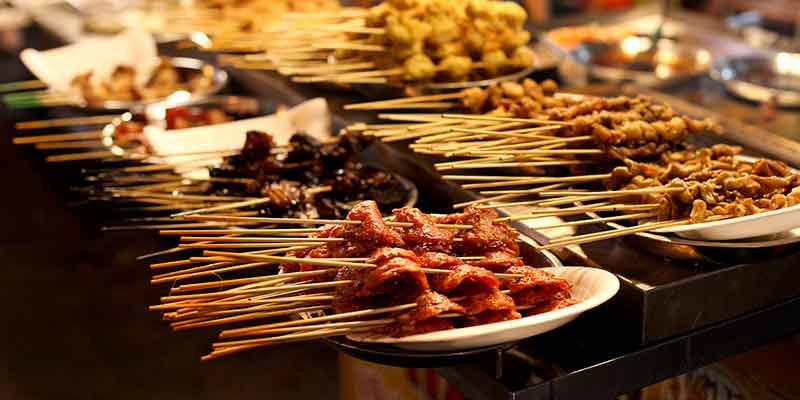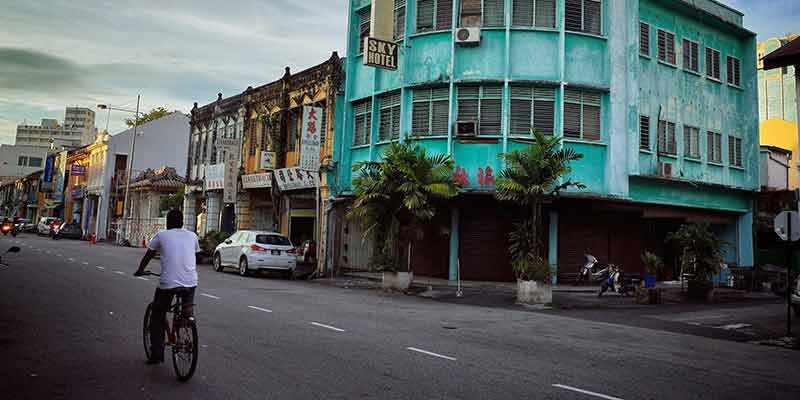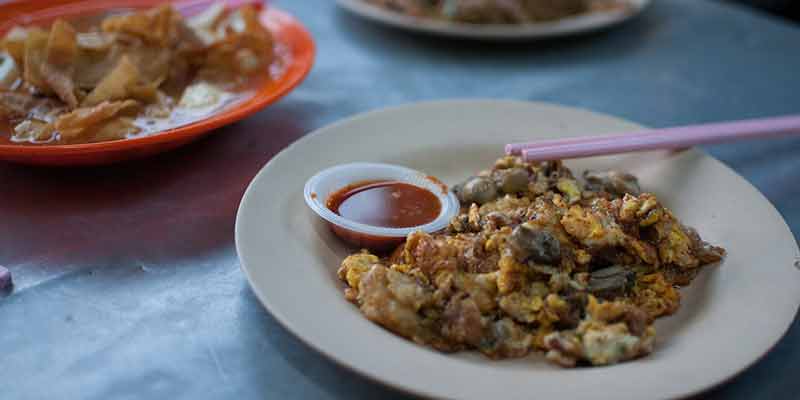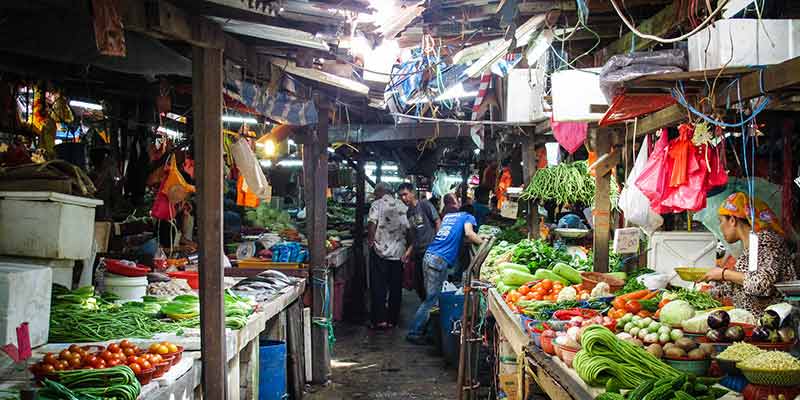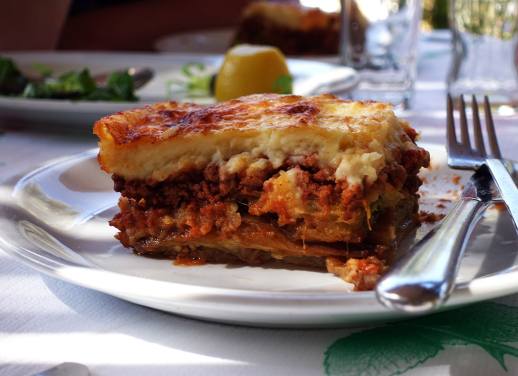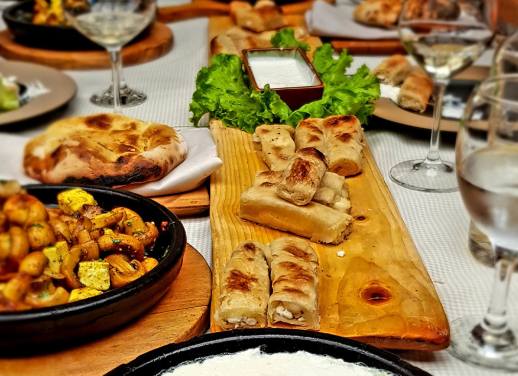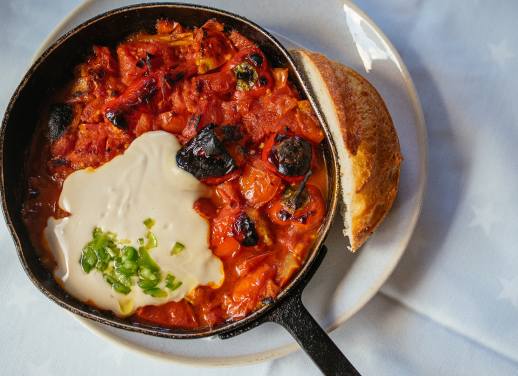Robyn Eckhardt makes a living through writing and eating – not necessarily in that order.
She has covered food and travel in Asia and Turkey for The New York Times, Saveur, SBS Feast and Travel+Leisure Southeast Asia and writes a monthly column on street food for Wall Street Journal Asia. Collaborating with her husband, photographer David Hagerman, her food blog EatingAsia was named Editor’s Choice for culinary travel in Saveur magazine’s 2014 Food Blog Awards.
Robyn and David have lived in Malaysia for over nine years now, and moved from Kuala Lumpur to Penang in 2011 to refurbish a century-old shop house in the heart of George Town (as you do). They offer food writing and photography workshops in Turkey and Asia, and are working on their first cookbook, on the foods of Istanbul and eastern Turkey.
We sat down with Robyn and asked her to share a few of her favourite tips and stories when it comes to Malaysian cuisine.
When was the moment you fell in love with Malaysian food?
It would have been some time in 2003, when I was living in Saigon. I stumbled across a Malaysian restaurant opened by a Penang-ite and frequented by Malaysian expat staff at the Ho Chi Minch City PETRONAS office (a good sign!). I went on a Saturday, which was laksa lemak day. I fell hard for the rich coconutty, spicy broth. Who wouldn’t?
If you had to pick your favourite Malaysian dishes, what would they be?
Asam laksa (fishy, sour and spicy noodle soup from Penang), Malay pineapple curry (sweet-sour pineapple rings poached in a curry fragrant with “warm” dried spices like cloves and cinnamon), nasi ulam (rice “salad” composed of room-temperature cooked grains mixed with not less than 20 fresh herbs, rhizomes like turmeric and ginger, dried fish and chilies all minced/slivered/chopped up small), roti canai, putu piring (steamed rice cakes filled with gula Melaka/coconut palm sugar.
Which five words best describe the flavours of Malaysian cooking?
Sweet (Malaysians do like their food and drink sweetened), fusion (much as I hate the word to describe food, it really applies here), bold, rich (there are not many ‘light’ Malaysian dishes) and scrumptious.
What makes Penang, Kuala Lumpur and Melaka un-missable Malaysian food destinations?
The sheer variety of foods, for one thing, thanks to Malaysia’s uniquely multi-cultural population (for the region). Who wouldn’t love a place where you can graze from a number of Chinese regional cuisines, as well as Malay and (mostly southern) Indian dishes? The street food scene in Penang is second to none in the region, and Melaka and Penang boast distinctly different Nyonya cuisines (Nyonya being the culinary result of marriage between long-ago Hokkien Chinese traders and local women). There is something for every single palate in this country. And – a bonus – it’s populated by folks who’d rather eat than do almost anything else.
What are your Top 5 Penang street food dishes?
- Assam laksa at Weld Quay and Aceh
- Puttu (Indian steamed rice cakes filled with jiggery) on China Street (if you can ever catch the vendor open)
- Char koay teow anywhere the vendor is cooking over charcoal
- Koay teow th’ng on Kimberley Street near Carnavon
- Masala dosa at Veloo Velas in Chinatown.
Got any tips for street food safety in Malaysia?
Learn when local meal times are. There’s nothing to fear with curries and other dishes that are left out at room temperature as long as you are eating soon after they’re prepared. Find suggestions from locals. They get sick from unclean food too. Recognize that sometimes tummy problems are rooted in a change of diet and routine. If you’re feeling super jetlagged or just really tired or if you’ve come down with a cold while traveling, go easy – stick to bland brothy dishes. If you don’t tend to eat lots of chillies at home, be prepared for the consequences if you indulge in a spicy curry on the street. (And not all chillies are hot: Malaysian meals can contain lots of chillies but taste nowhere near as spicy as many Thai dishes.)
If you want to follow Robyn’s excellent example and eat your way around Malaysia, this is a good place to start.

